Welcome to your ultimate guide to pencil grasp development in preschool. We have included the stages and ages of pencil grasp development, as well as, how to develop hand strength and fine motor skills to encourage proper grip.
With this guide, you will come away feeling confident and well versed in the pencil grasp development journey.
What You Need to Know About Pencil Grasp Development in Preschool
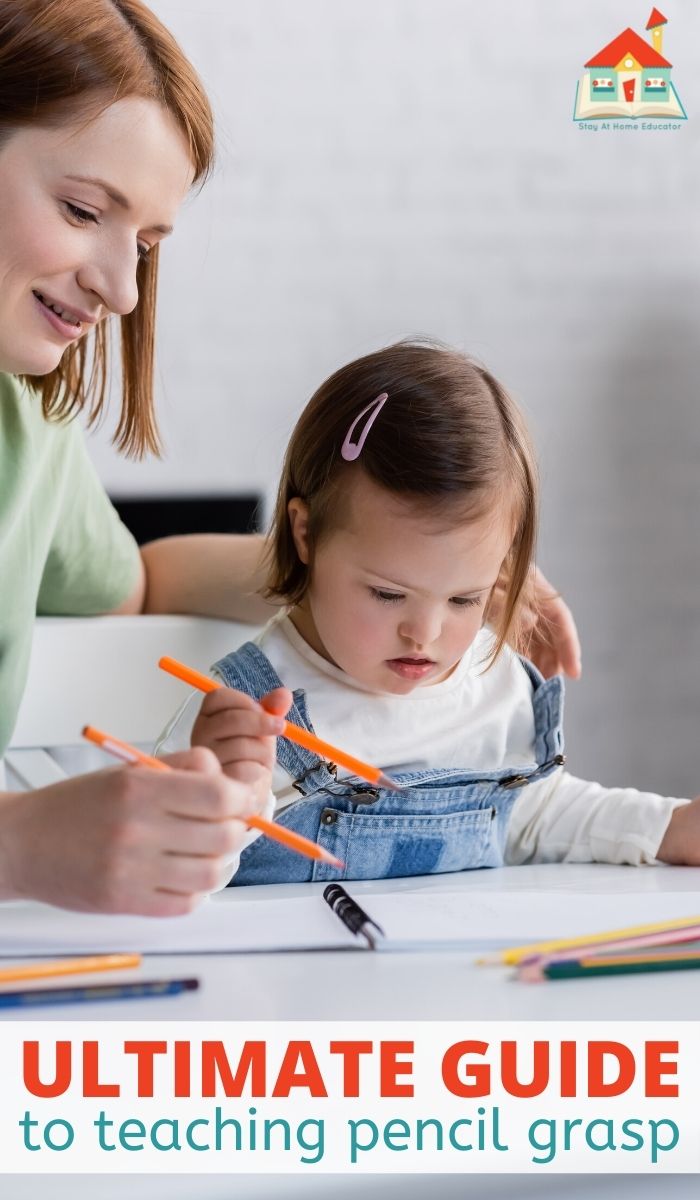
In all the lists floating around quizzing parents about whether or not their child is ready for kindergarten, one item that may pop up is pencil grasp. Pencil grasp has to do with how your child holds a pencil for writing activities, and how your child grasps his pencil can impact his writing development.
Pencil grasp development in preschoolers is an intricate matter.
Achieving the proper pencil grasp is one of the most essential physical skills children develop. Young children transition from multiple phases holding a pencil with a very crude grasp to something that nearly resembles a more advanced, adult-like hold as they leave preschool or kindergarten.
What is Pencil Grasp Development in Preschool?
It sounds like pencil grasp just develops on its own without intervention, right?
Certainly, it does but knowing the stages and phases of pencil grip is helpful for early childhood educators. It allows us to intervene and offer fine motor practice when a child needs more support and embed hand strengthening activities into our lesson planning.
With some children, pencil grasp needs to be explicitly taught and practiced. This guide will help educators know when to intervene.
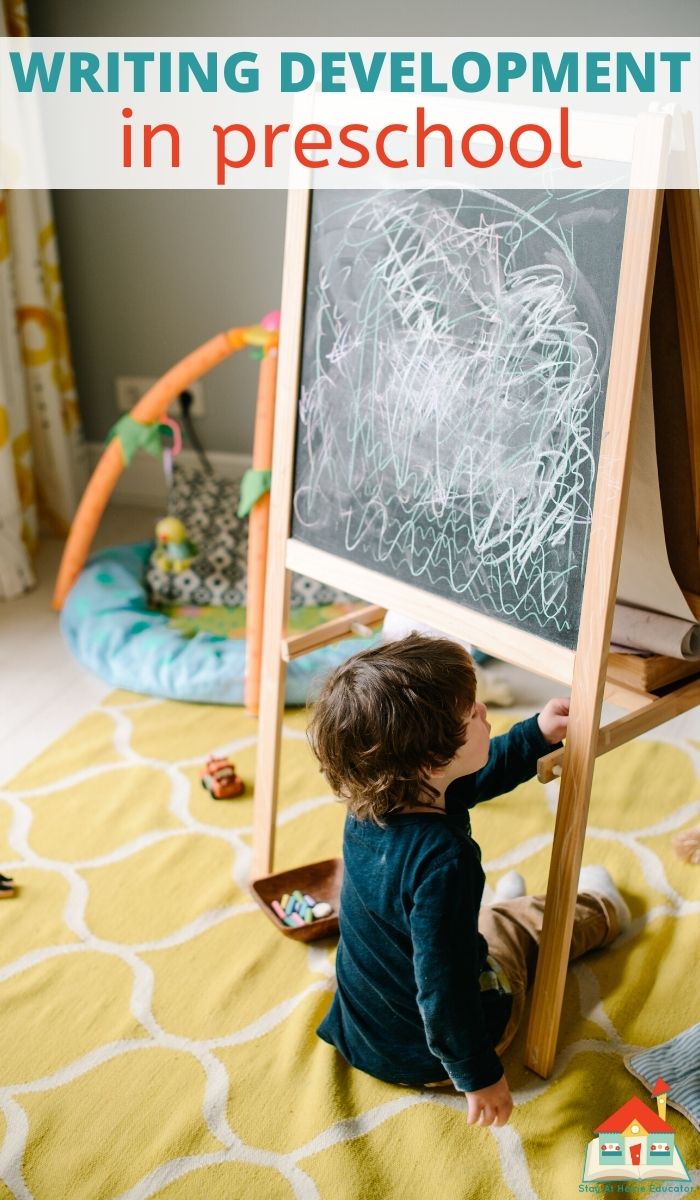
This ultimate guide to pencil grasp development includes:
- the stages and ages of pencil grasp development
- how to develop hand strength
- tips and tricks to building fine motor skills
Pencil Grip Stages in Early Childhood
During the early developmental years, there is a wide range of what a typical pencil grasp should look like. In fact, there are several types of pencils grasps and stages a child goes through in development.
The picture below shows my own preschool students. Each student was between three and a half and four and a half years old when I took those pictures (all on the same day). As you can see, even within a group of same-aged children, there is still a very wide range of abilities within pencil grasp development.
If you are ever concerned about your preschooler’s pencil grasp development, ask your pediatrician to refer your child to an occupational therapist. In some situations, occupational therapy is necessary.
Stage 1: Cylindrical Grasp/Fisted Grasp
This is likely the first grasp that your toddler will use when offered a crayon to color with. Previous to this, young children (babies and young toddlers) use primarily a palmer grasp. In a cylindrical grasp, the movement of the crayon will come from the upper body and shoulder, rather than the hand, as your toddler attempts to color.
Stage 2: Digital Grasp
Your toddler is getting stronger and is able to be slightly more precise when using their arm and hand muscles. In this grasp, the crayon is gripped in the palm of the hand. In order to color or write at this angle, the elbow is angled out so that the tip of the crayon is on the paper. The child is using muscles in the arm, rather than the wrist, to color and draw.
Stage 3: Modified Tripod Grasp
Your child is gaining strength and control as we move into the modified tripod grasp. All the fingers are holding the pencil or crayon and the wrist is now strong enough to support coloring, drawing, and writing.
Stage 4: Tripod Pencil Grasp
Somewhere between the ages of 4.5-7 years old, children will begin using a dynamic tripod grasp when writing. This is when the thumb, middle finger and index fingers are grasping the pencil or crayon. This is the most mature pencil grasp and allows for the most dexterity and precision when writing and drawing.
Initially, the child may primarily use their wrist to draw and color, however as their finger muscles become more capable, they will begin using their finger movements more and more.
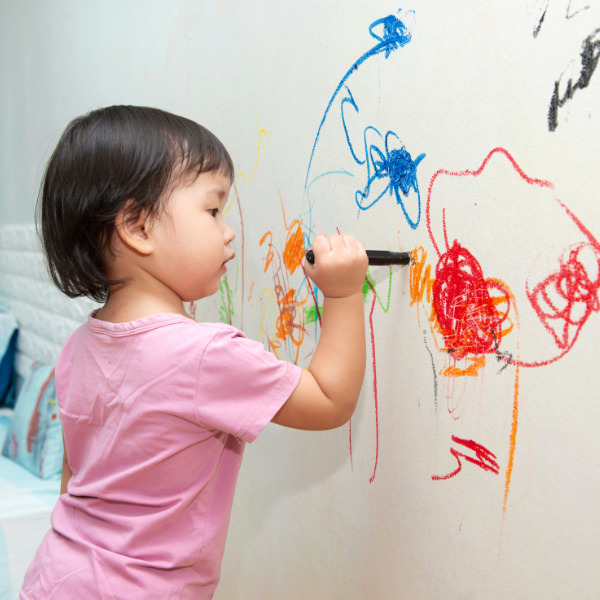
Tips for Teaching Pencil Grasp to Preschoolers
If a child struggles to maintain the appropriate pencil grasp for her age group, most likely it is due to the lack of strength in the fine motor muscles. It’s important to not force a child to use a pencil grasp he/she is not comfortable with. The correct pencil grasp will come. Instead, it’s important to incorporate lots of fine motor activities to build hand strength and writing stamina.
Provide LOTS of Fine Motor Practice
And I mean lots!
Teaching pencil grasp should come primarily in the form of fine motor play when children are two, three, and even four years old. This is because fine motor play develops strength and dexterity of the small muscles of the hand, which are the same muscles used for holding a pencil.
Some fine motor activities even mimic the exact grasp needed for correctly holding a pencil. But, since it is presented in the form of play, children are likely to spend more time practicing and will naturally glean more than from worksheet activities like tracing.
Related Reading:
There are endless toys that are designed specifically for fine motor practice, too, but it’s easy to encourage fine motor work with basic items from around the house. My kids really enjoy the following toys:
Use the Right Tools for Pre-Writing Practice
The following are some of my favorite products I use with my preschoolers to increase their fine motor skills.
Use Small Writing Tools
This is a pro tip for pencil grasp development! Use small writing tools like golf pencils, broken crayons, short makers, or small crayon rocks. Using smaller tools means that children cannot use their entire hand to grasp, therefore they must use some form of a pencil grasp, even if it is still slightly immature. Using small writing tools also encourages children to work more deliberately, making smaller, more precise movements similar to those of writing numbers and letters.
Offer Various Writing Tools
Pencils certainly get the job done but there is something magical about highlighters, markers, and even glitter glue pens! A variety of interesting writing tools in the writing center are more appealing to children and since we want them to love writing, fun writing tools are a sure way to keep them interested.

Activities for Teaching Pencil Grasp to Preschoolers
Parents and teachers can feel pressured to have their children use a mature pencil grasp as soon as possible, but it’s important to remember that it is a developmental process.
When teaching pencil grasp, it’s so important to keep things light-hearted and fun. Children at this age don’t benefit from added pressure, so look for creative ways to develop pencil grasp rather than requiring your child to sit down and trace lines all day.
Here are some fun activities to build hand strength and develop those crucial hand muscles:
- Use scissors! Scissor cutting skills are transferable to holding a pencil. In fact, correctly holding and using scissors is very much the same as correctly grasping a pencil.
- Engage in fun and silly fine motor activities such as washing dinosaurs, playdough activities, beading, or tweezing with pom-poms. These activities all build hand strength and are very engaging for young children.
- Utilize fine motor journals! Instead of using traditional worksheets, invite children to get involved with their own fine motor development as they peel stickers, place on the paper, and trace their own path.
- Play with water! Use old glue bottles, squirt-top water bottles, and spray bottles to encourage grip and hand strength.
As children strengthen their fine motor skills, their pencil grasp will naturally correct itself to the desired tripod grasp so many kindergarten teachers expect incoming students to use. This will make learning how to form letters on paper much easier for those little ones.
-
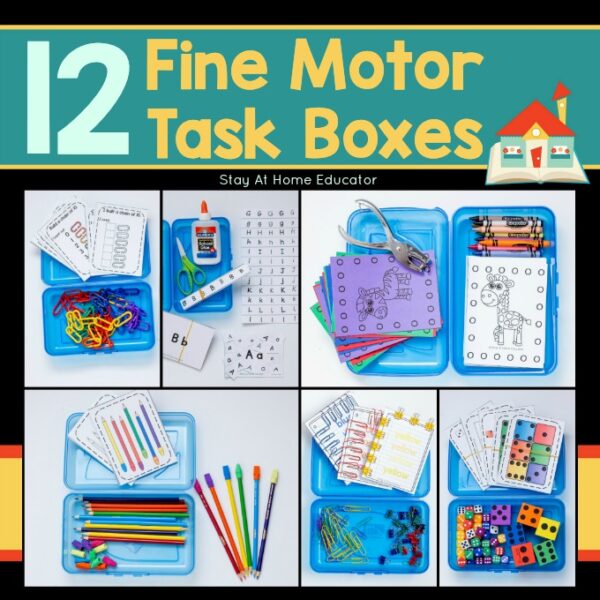 12 Fine Motor Task Boxes$10.00
12 Fine Motor Task Boxes$10.00
Final Tips and Tricks
From a palmar grasp to a pincer grasp and quadrupod grasp, how a child puts their fingers on the pencil matters, in only in time. A young child will always develop a common grasp that allow them the most dexterity at their current stage of development. This is especially true of left handed children.
During the preschool years, more time should be focused on fine motor skills than how the pencil is held. A child’s pencil grasp is a work in progress until they are about seven years old. So spend more time focusing on the foundational skills like fine motor work and hand strength.
Related Reading

I’m Sarah, an educator turned stay-at-home-mama of five! I’m the owner and creator of Stay At Home Educator, a website about intentional teaching and purposeful learning in the early childhood years. I’ve taught a range of levels, from preschool to college and a little bit of everything in between. Right now my focus is teaching my children and running a preschool from my home. Credentials include: Bachelors in Art, Masters in Curriculum and Instruction.
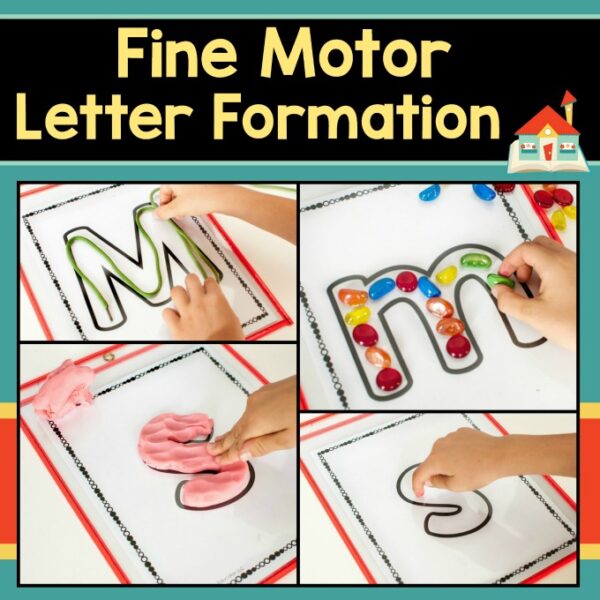
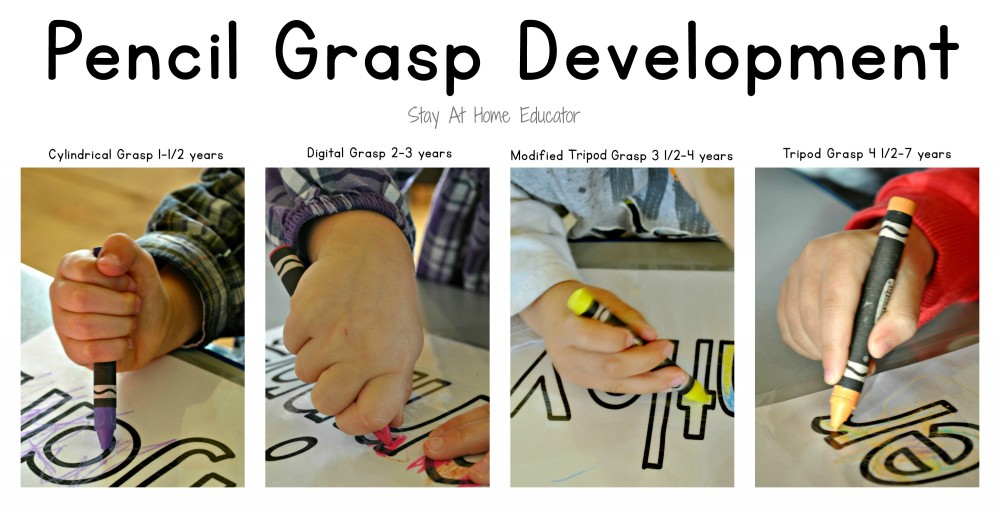


Great information! I discovered today that my four year old has no idea how to hold a writing tool in his hands. He has never liked to sit down and color or write, but I figured we better start doing something about it. I did some searching and found this article. So I will give him some fine motor activities…sounds like a great idea. Thanks!
As a kindergarten, 1st grade, and 2nd grade teacher I can tell you the correct pencil grip will NOT come to all students without intervention. The earlier the better. They come to me as 5 year olds with ingrained habits. I urge you to start training them as soon as they pick up writing implements.
Yes, bad habits are hard to break. If a child is forced to use a specific pencil grasp before the muscles in the hands are strong enough to support it, those bad habits may even worsen. Also, there is a fair amount of new research that is showing that grasps other than the tripod do not always effect legibility and speed. Unless the child is experiencing pain (physical or emotional) or fatigue while writing, or cannot keep up with his peers during timed writing assignments, there is little need to intervene and the grasp will usually work itself out as the fine motor muscles get stronger. Remember, the tripod grasp may take up to seven years old to fully develop, and most adults don’t even use the true tripod grasp but a variation. I’ve written a very detailed mini-series about it for the blog Playdough to Plato which will be publishing this month. I’ll post it here when it goes live, and I encourage you to read it. http://www.playdoughtoplato.com/